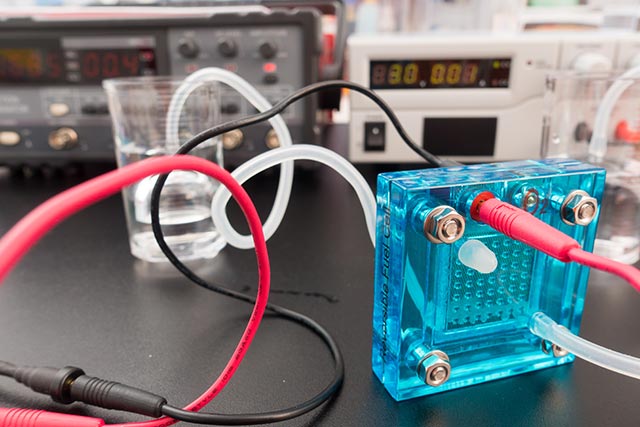Blueprint: How to convert your vehicle to run on vegetable oil
05/08/2019 / By Tim Wesley

There are numerous economic and environmental benefits to running your car on biodiesel like vegetable oil. Biodiesel is a good alternative to gasoline because it burns cleaner and is more efficient. Vegetable oil doesn’t emit greenhouse gases and is a renewable energy source, unlike fossil fuels. Most importantly, vegetable oil is, at the very least, extremely cheap. So if you’re looking for ways to save on gas money, consider converting your vehicle to run on vegetable oil with the following steps:
- Install a second tank for vegetable oil.
- Install the switching device for the fuel lines. Veggie oil needs to warm up which is why cars still need to start with diesel. Once the oil is warm enough, that’s when you can switch. You will also need to backwash the vegetable oil so that it doesn’t gum up during cold weather.
- Install an aftermarket pump. You’ll need this to move the vegetable oil from its tank.
- Install extra heat exchangers or filters to warm and clean the oil.
- Run the fuel lines from the tank to the switching hardware.
- Install a water-separating fuel filter that comes with a heat exchanger.
- Wire an automated controller to help you manage the fuel choice.
Using vegetable oil to power your vehicle will help you save money. If you’re resourceful enough, you can get vegetable oil for free. You can talk to restaurant managers and make arrangements to collect the waste oil they use. It will require extra effort to haul gallons of used oil and a lot of discipline to always collect it on time but the takeaway is worth it: You spend zero cash on gas.
Fresh vegetable oil, however, is ideally the best choice because you don’t need to filter or treat it for storage. As of February 2017, the United States produced 94 millions of gallons of biodiesel, according to the U.S. Energy Information Administration. Its chemical component is also like that of petroleum’s. But unlike the latter, biodiesel burns cleaner and provides better mileage per gallon. Emission tests show that waste vegetable oil produces lower levels of carbon dioxide and particulate matter than diesel. It’s also healthy for your car.
When running your car on vegetable oil, remember that you still need to start on ordinary diesel. Make sure that the switch is set on the rear tank, which is where the diesel is stored. Once the temperature reaches 170 degrees Fahrenheit, flip the switch to start using vegetable oil as power. Power will slightly drop and the engine will power down. Notice how the car starts to run smoother. Make sure to flip the switch back to the rear tank before turning off the car so the engine can re-prime. Leaving vegetable oil in your injector pump will make it very hard to start the car.
Converting your car to run on vegetable oil is just one of the different ways you can contribute to the environment — and save money in the process. One car owner shared his experience using waste vegetable oil in the Nature Conservancy blog and said that the gas mileage in comparable to what a regular fuel produces and there’s no clear difference in driving power. An engine tune-up could even improve the miles per gallon.
Switching to vegetable oil as will definitely make driving without worries possible. If you know how to do it right — there are available kits that will help you to do it without much difficulty — and are willing to tale extra steps, you soon won’t have to spend money on gas.
Sources include:
Tagged Under: alternative fuel, biodiesel, cars, clean fuel, diesel, energy, environment, fuel, green fuel, green living, transportation, vegetable oil


















